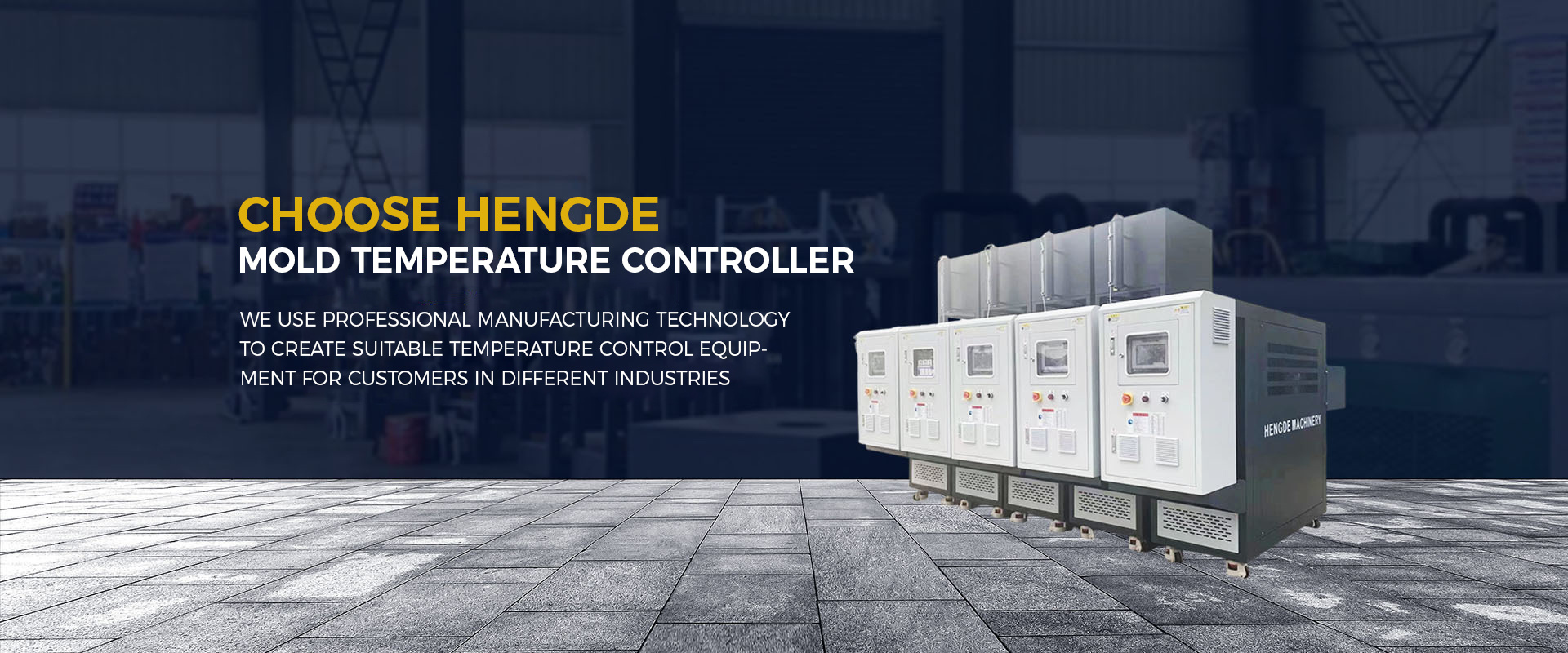
Top Searches
Standard Water Temperature Machine
High Temp. Water Temperature Machine
Standard Oil Temperature Machine
How to Troubleshoot Common Malfunctions of Hengde Mold Temperature Controller for Smooth Operation?
Release time:
2025-10-14
In the world of manufacturing, precision is paramount. One of the critical components that ensure consistency in production processes is the mold temperature controller. In the current industrial equipment market, Hengde’s Mold Temperature Controller has won wide recognition from clients at home and abroad, all thanks to its stable performance and advanced technological support.However, like any piece of machinery, it can encounter malfunctions. Understanding how to troubleshoot these issues can save time and resources, ensuring smooth operation.
1.Understanding the Basics
Before diving into troubleshooting, it’s essential to understand the basic functions of the Hengde Mold Temperature Controller. The mold temperature controller is designed to regulate the temperature during the manufacturing process. By maintaining an optimal temperature, it helps in achieving the desired quality of the final product.
Common components of the mold temperature controller include the heating element, thermocouple, control panel, pump and etc. Each of these spare parts plays a vital role in the overall functionality of the device.
2. Identifying Common Malfunctions
Before diving into troubleshooting, it’s essential to understand the basic functions of the Hengde Mold Temperature Controller. The mold temperature controller is designed to regulate the temperature during the manufacturing process. By maintaining an optimal temperature, it helps in achieving the desired quality of the final product.
Common components of the mold temperature controller include the heating element, thermocouple, control panel, pump and etc. Each of these spare parts plays a vital role in the overall functionality of the device.
| Common Malfunctions of Hengde Mold Temperature Controller Practical Solutions | Potential Causes | Practical Solutions |
| 1. Failure to start, with no fault indicator light on | Tripped 2P2A circuit breaker | Open the circuit breaker and investigate the specific cause of tripping |
| Power phase loss | Inspect the entire power cord to identify and fix phase loss issues | |
| Burnt transformer | Replace the damaged transformer with a new one that matches the mold temperature controller model | |
| 2. Indicator light for media shortage is illuminated | Cooling water not turned on or insufficient pressure (for Water Mold Temperature Controller) | Turn on the cooling water valve and check whether the water pressure meets the operating requirements of the Water Mold Temperature Controller |
| Malfunctioning pressure switch | Adjust the pressure switch parameters; if adjustment fails, replace the pressure switch | |
| Insufficient heat transfer oil (for Oil Mold Temperature Controller) | Add qualified heat transfer oil to the Oil Mold Temperature Controller according to the specified dosage | |
| 3. Pump overload indicator light is on | System overload during operation | 1. Check if the hot water inlet and outlet valves of the Mold Temperature Controller are fully open, then press the reset button; 2. Clean the scale on the electric heater of the Mold Temperature Controller |
| Abnormal power supply voltage or phase loss | 1. Use a three-phase voltmeter to measure the three-phase voltage of the power supply connected to the Mold Temperature Controller; 2. Check if the power supply terminals are loose, tighten them if necessary, and then press the reset button | |
| 4. Excessively high temperature that cannot be cooled down | Blocked solenoid valve of the Mold Temperature Controller | Disassemble and clean the solenoid valve to remove internal blockages |
| Aged or damaged solenoid valve coil | Replace the aged or damaged solenoid valve coil with a new matching part | |
| 5. Inability to heat up or failure to reach the set temperature | Blocked or damaged solenoid valve | Clean the blocked solenoid valve; if it is damaged, replace the solenoid valve accessory |
| Burnt heating tube | Replace the burnt heating tube of the Mold Temperature Controller with a new one that meets the technical specifications | |
| 6. Fault indicator light on but no alarm sound | Alarm device malfunction | Replace the faulty alarm device of the Mold Temperature Controller |
It should be noted that the above troubleshooting methods are exclusively applicable to Hengde brand Mold Temperature Controller products, including Water Mold Temperature Controller and Oil Mold Temperature Controller. As technology continues to advance, Hengde’s Mold Temperature Controller series are constantly undergoing updates and upgrades to better meet the diverse needs of industrial production. If users encounter problems that cannot be solved through the above methods during use, please feel free to contact our professional after-sales team for further assistance.
Meantime, incorporating regular maintenance into your routine can prevent many of these issues from arising in the first place. By being proactive, manufacturers can minimize downtime and optimize their operations, leading to better productivity and enhanced product quality.

Previous Page:
Recommended News















